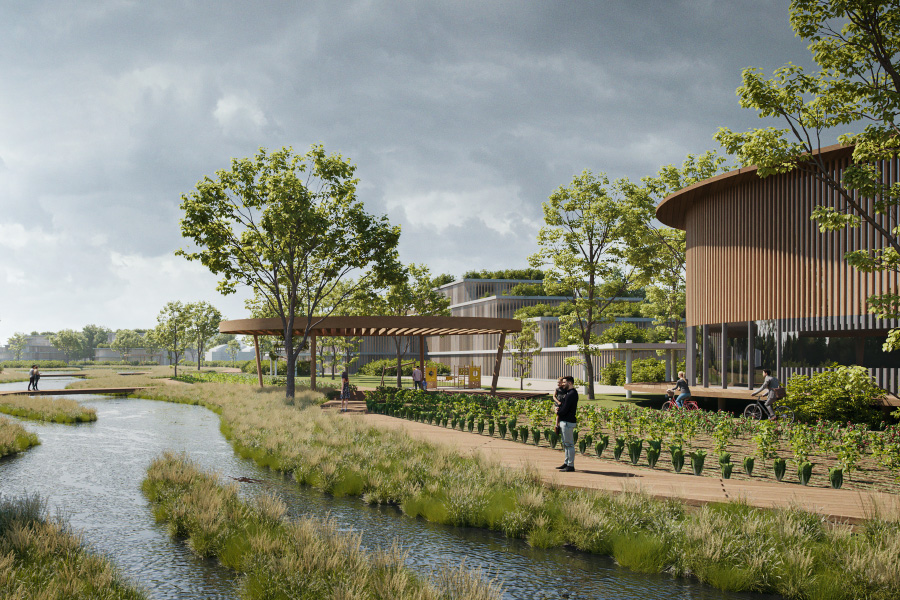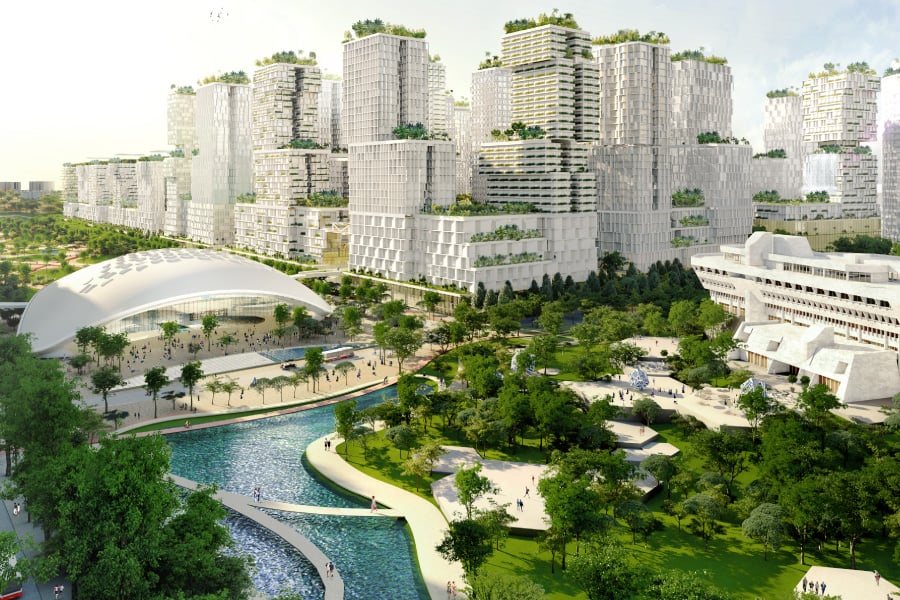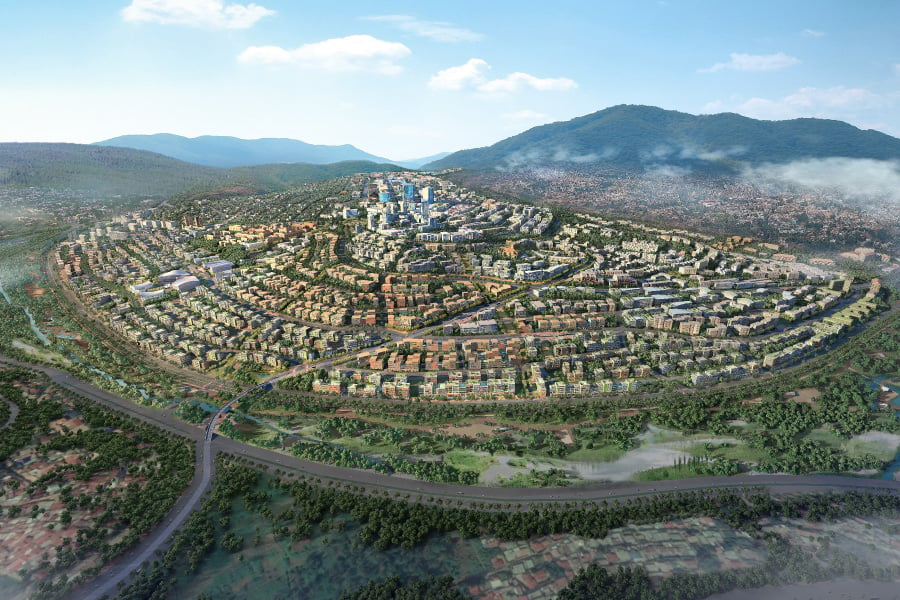December 2024
“We don’t inherit the Earth from our parents, we borrow it from our children.”
The COVID-19 period provided time for reflection on many topics, including lifestyle balance and our connection to nature. During this time, we rediscovered the healing power of the outdoors, which became essential as we faced isolation and limited social interaction. Food resiliency also emerged as a critical issue in Singapore, highlighting the strategic need for supply independence.
Growing up in the French countryside, access to quality food has always been a personal concern. During the pandemic, I came to three important realizations. First, Singapore imports 90% of its food. Second, much of the available food comes from industrial farming, which affects the overall quality, and imported produce from countries like the US or Australia is often more affordable than locally sourced options from nearby Malaysia or Indonesia. Finally, access to a wide variety of food is somewhat limited.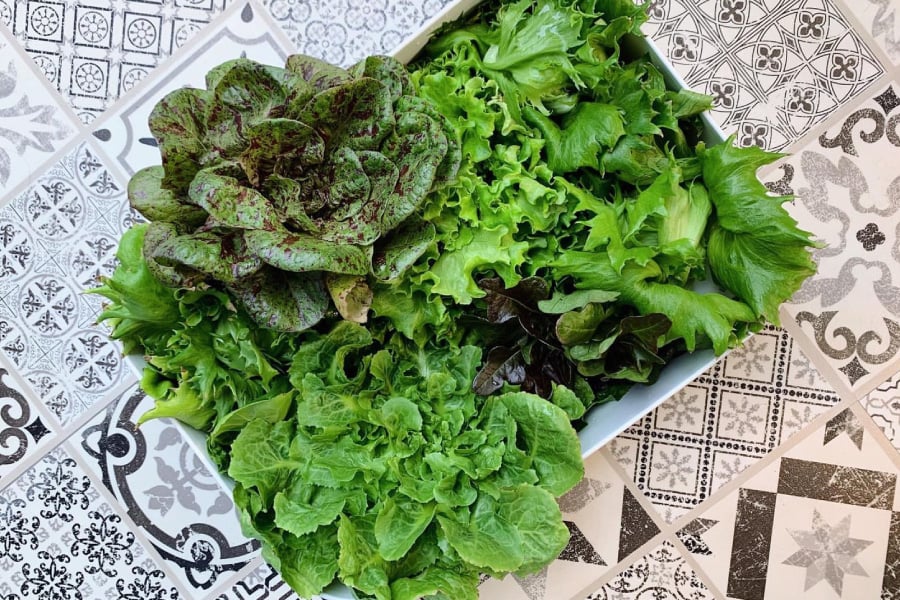
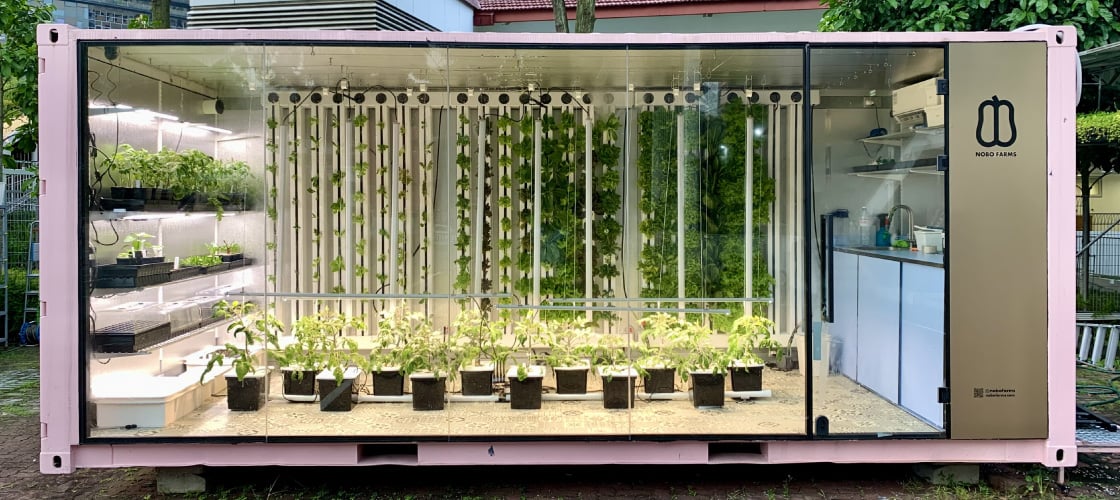
These factors led me to explore urban farming, and I developed a modular micro-farm using a 20-foot shipping container designed for the tropical climate2. This setup was also inspired by the concept of a French “Jardin potager,” where vegetables are cultivated not only for consumption but also for their ornamental value, blending aesthetics with practicality. Through indoor hydroponics, I gained valuable insights into nature and its delicate balance. The effort required to grow even a simple fruit or lettuce became clear, and in the absence of pollinating insects, each crop required manual pollination. I also became acutely aware of the fundamental elements borrowed from nature to sustain our food production — water, light, and oxygen — all of which are threatened by climate change. As for soil, I learned how challenging it is to replicate a thriving environment, rich with base nutrients and macro nutrients needed for healthy plant growth.
This success story prefaces this SEEDS issue, which features three projects that embrace nature, showing how early consideration of environmental factors can shape responsible and sustainable design. Just as in an ecosystem where everything is interconnected, it underscores that there are no perfect solutions — only compromises in the decisions we make.
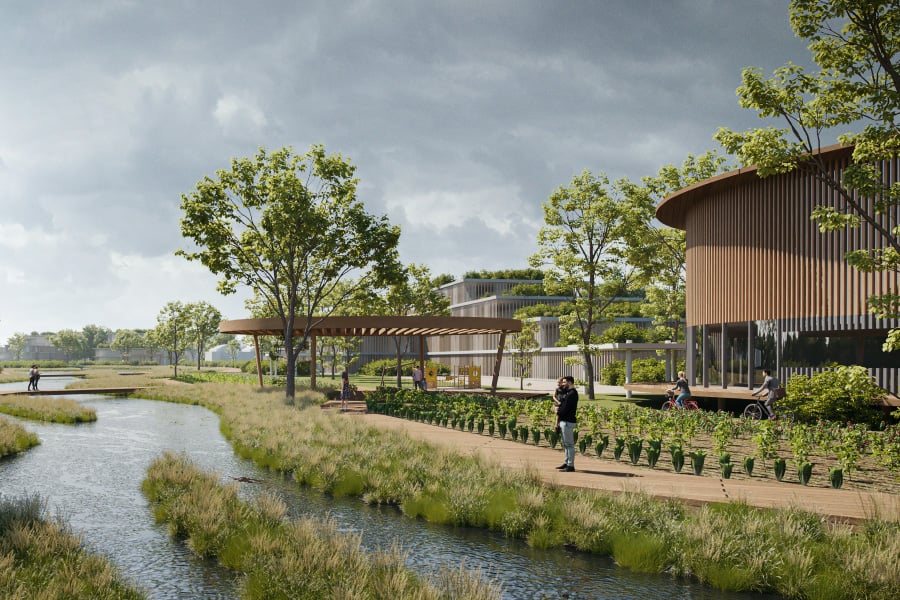
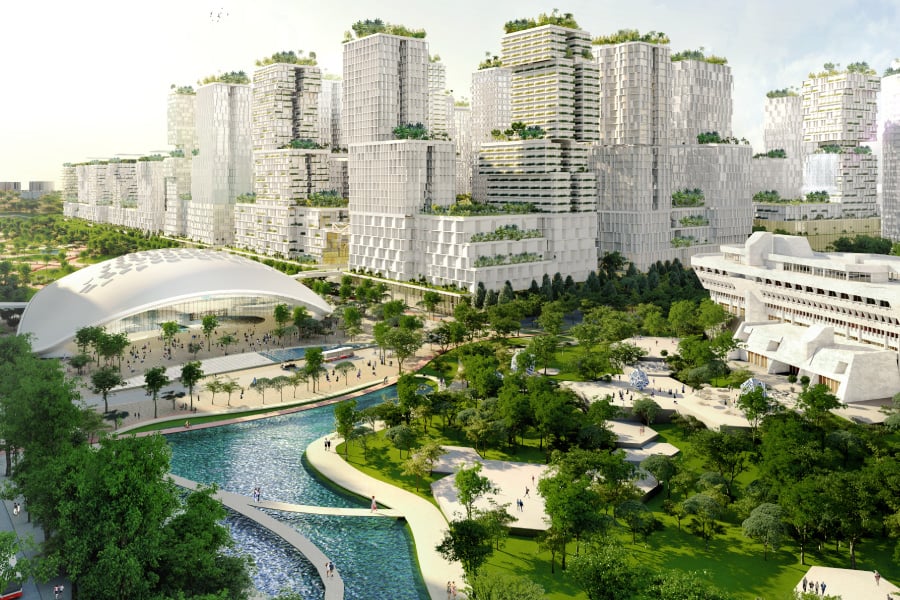
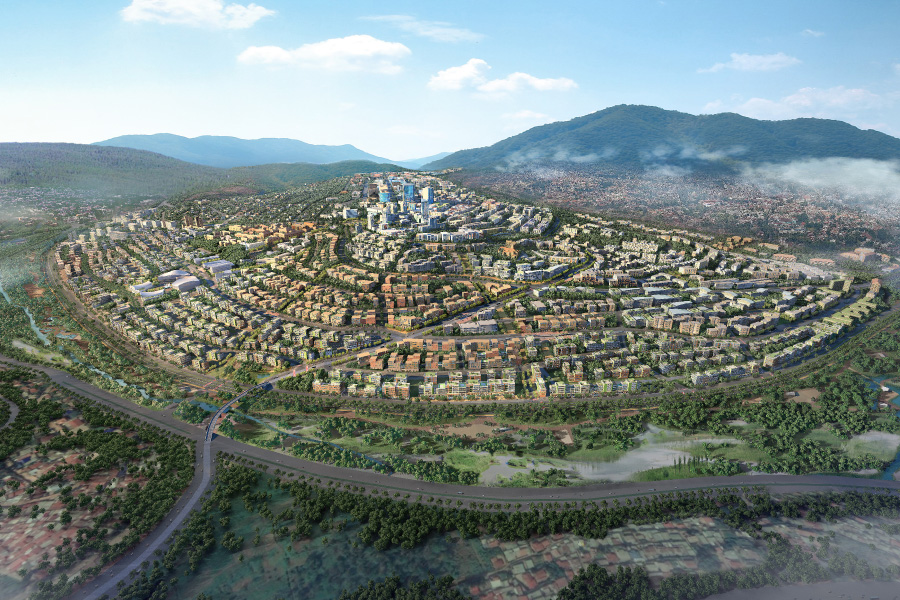
The article “Kigali: An Epitome of Inclusive Urbanisation” explores Kigali’s transformation into a model of inclusive and sustainable urban growth following the 1994 genocide. Through successive Master Plans, Kigali has evolved into a regional development hub, focused on accommodating a growing population, attracting investments, and improving residents’ quality of life. Key initiatives include infrastructure development, economic empowerment, affordable housing, and environmental sustainability. Public participation has been central to this process, alongside projects like the Kigali Innovation City, positioning the city as a Pan-African tech hub. Kigali’s success, driven by collaborative governance and visionary urban planning, makes it a role model for Africa, showcasing how a city can rise from tragedy to prosperity.
The 3 articles featured in this SEEDS issue underscore the importance of integrating sustainability and nature into urban planning and design. Whether through innovative farming methods, the revitalisation of cities like Kigali, or forward-thinking projects like Singapore’s Jurong Lake District, these examples highlight how early consideration of environmental factors can lead to more resilient and inclusive communities. By learning from nature and incorporating indigenous knowledge, we can create designs that not only meet human needs but also safeguard the fragile ecosystems we depend on, ensuring a more resilient future for generations to come.
1 2020 Global Status Report for Buildings and Construction. globalabc.org/sites/default/files/inline-files/2020 Buildings GSR_FULL REPORT.pdf
2 Undercover Urban Farmer: A B+H architect’s quest to raise food resiliency in Singapore https://www.youtube.com/watch?v=pjCR9Rg22-A




